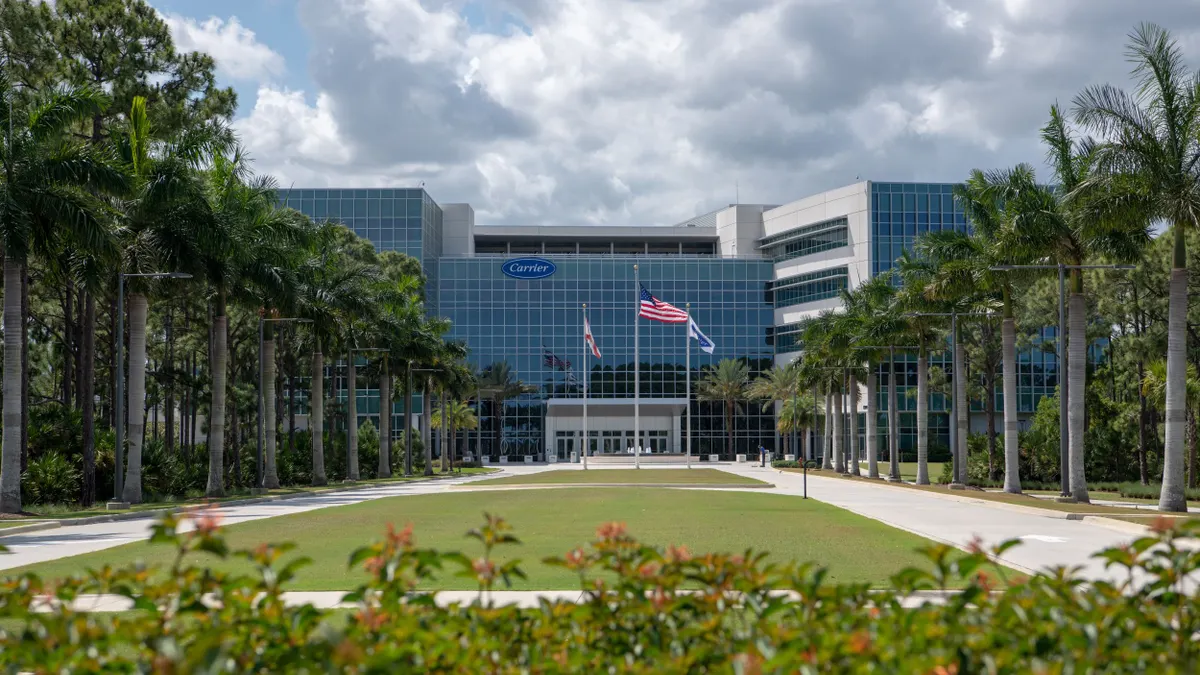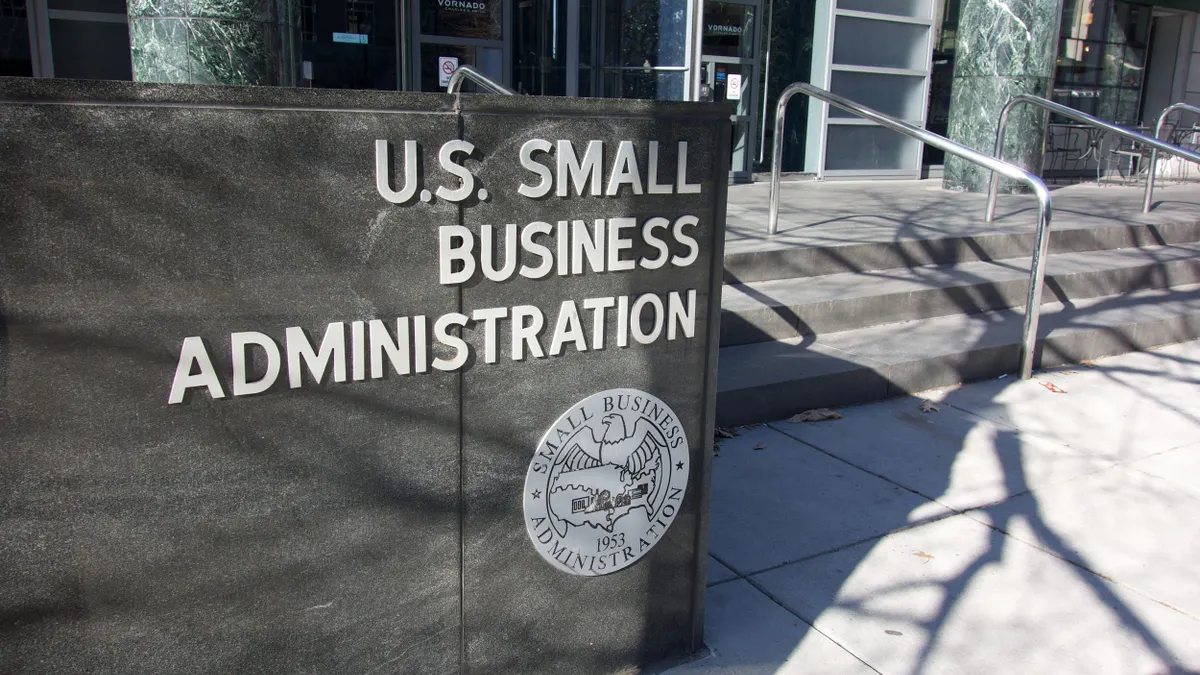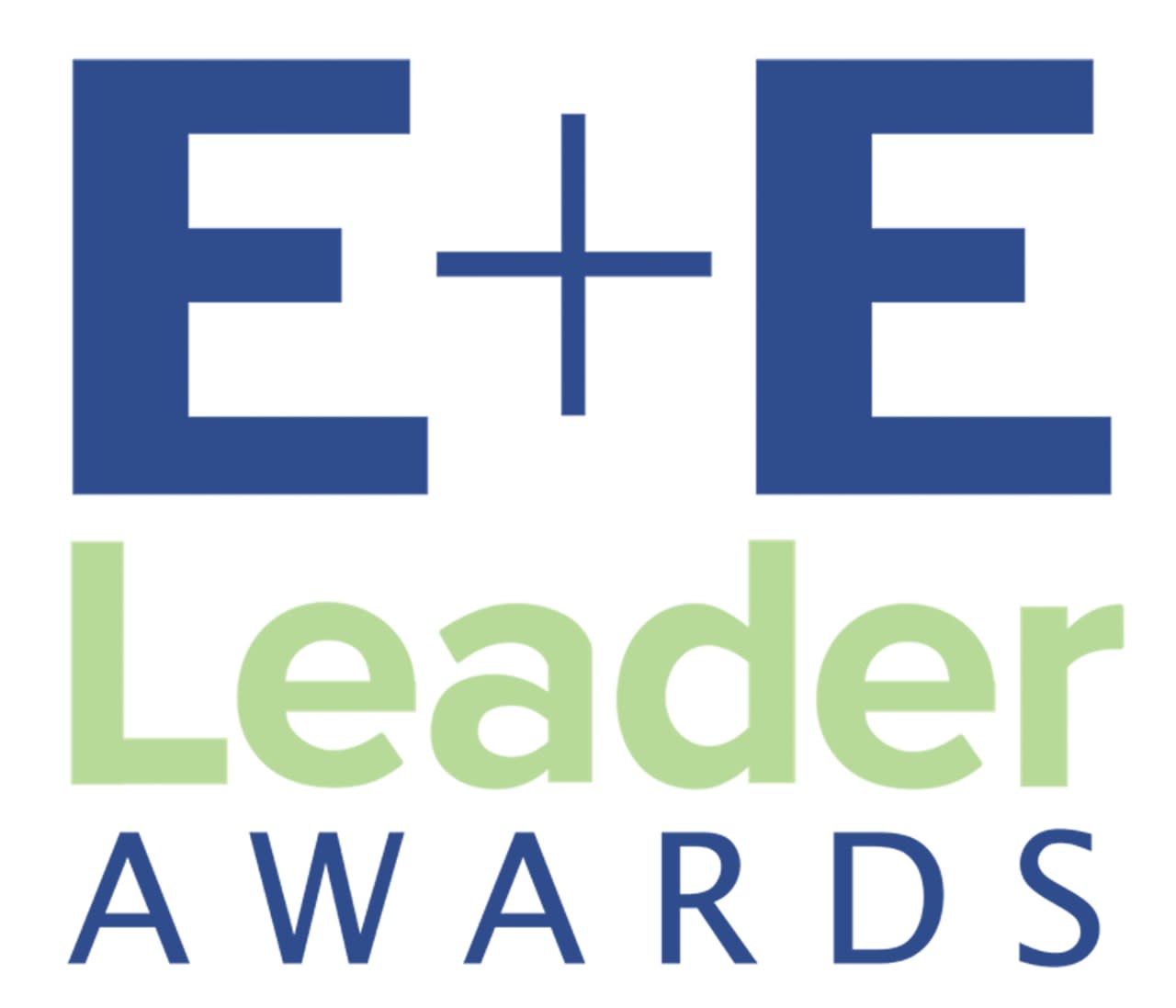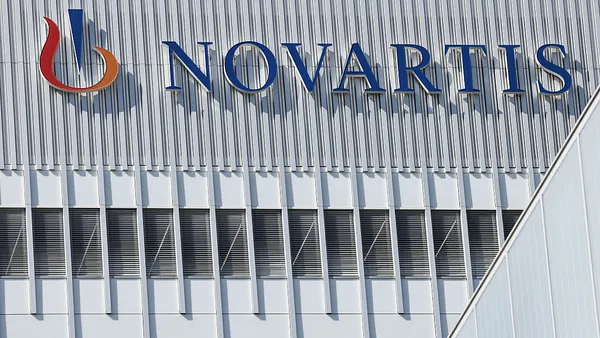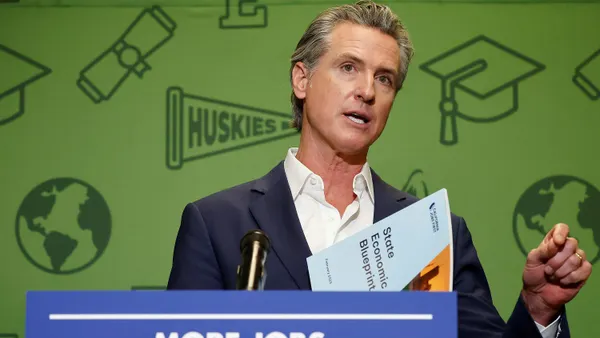Dive Brief:
- HVAC system maker Carrier Global announced last week it plans to invest $1 billion over the next five years to expand its U.S. manufacturing operations and workforce.
- The funds will go toward expanding existing facilities and building a new plant to support the production of components for its heat pumps and battery assemblies.
- The investment will also create 3,000 jobs in research and development and manufacturing, which adds to its workforce initiative launched in January that aims to hire 1,000 service technicians in the U.S.
Dive Insight:
The money will support Carrier’s broader U.S. operations, a company spokesperson said in an email, such as its recently announced workforce strategy, dubbed Carrier TechVantage Initiative. The program also aims to provide additional training to over 100,000 HVAC technicians within five years.
The actions strive to address the growing demand for technical expertise in the commercial HVAC sector due to the rapid growth of data centers, industrial facilities and large-scale infrastructure projects, the company said in the January press release.
The initiative is Carrier’s push to keep up with the ever-evolving HVAC industry. While the program is included in the $1 billion investment, a specific dollar amount tied to the program was not disclosed, the spokesperson said.
Other U.S. operations initiatives include the internal startup launched last year, Carrier Energy, which focuses on optimizing home energy use and supporting grid flexibility, including through heat pump production.
The components for Carrier’s heat pumps and battery assemblies are a necessity for the HVAC and smart products under its home energy management systems, or HEMS, which monitors energy consumption, the company said.
Other HEMS products include solar photovoltaic and digital interconnectivity with the grid, according to Carrier’s 2024 annual report.
Heat pumps comprise 40% of Carrier’s sales, driven by the demand that data centers are adding to the grid, Chairman and CEO David Gitlin said in a May 1 earnings call. The added demand is challenging for utilities during peak hours, he said.
“You think about what most of the demand is during peak, it’s your HVAC system... You have both cooling and heating, putting demand on the grid during peak hours,” Gitlin said.
The company has not yet selected a site for the new components facility and will not disclose specific details regarding the expansions, but it will share more details as plans progress, the Carrier spokesperson said.
The money will also accelerate R&D, such as liquid cooling for data centers and battery-enabled climate solutions technologies under Carrier Energy, the company said.
“We are building for the future by creating high-quality, skilled trade careers and empowering American workers to lead the next generation of manufacturing,” Gitlin said in a statement. “At the same time, it positions Carrier to capture the tremendous growth ahead in our industry and deliver smart, differentiated solutions for our customers.”
Carrier has been adding partnerships to and expanding its data center infrastructure business. In February, the company launched Carrier QuantumLeap, which provides various solutions to manage the entire thermal life cycle for data centers. Later that same month, the company partnered with and invested an undisclosed amount through its venture capital subsidiary in computer hardware company ZutaCore. ZutaCore developed a two-phase direct-to-chip cooling technology for data centers, according to its website.
In March, the HVAC system maker began a partnership with Google to strengthen grid resilience and support smarter energy management, according to the software developer’s press release. Google will integrate Carrier’s battery-powered HVAC technology delivered through its HEMS solutions by using Google Cloud’s AI-powered analytics and weather forecast AI models, which Gitlin said will increase the energy efficiency of the infrastructure, reduce grid congestion and costs.
“We see this Google partnership as a tremendous win-win opportunity, not only for us and Google, but for our utility partners as well,” Gitlin said.



